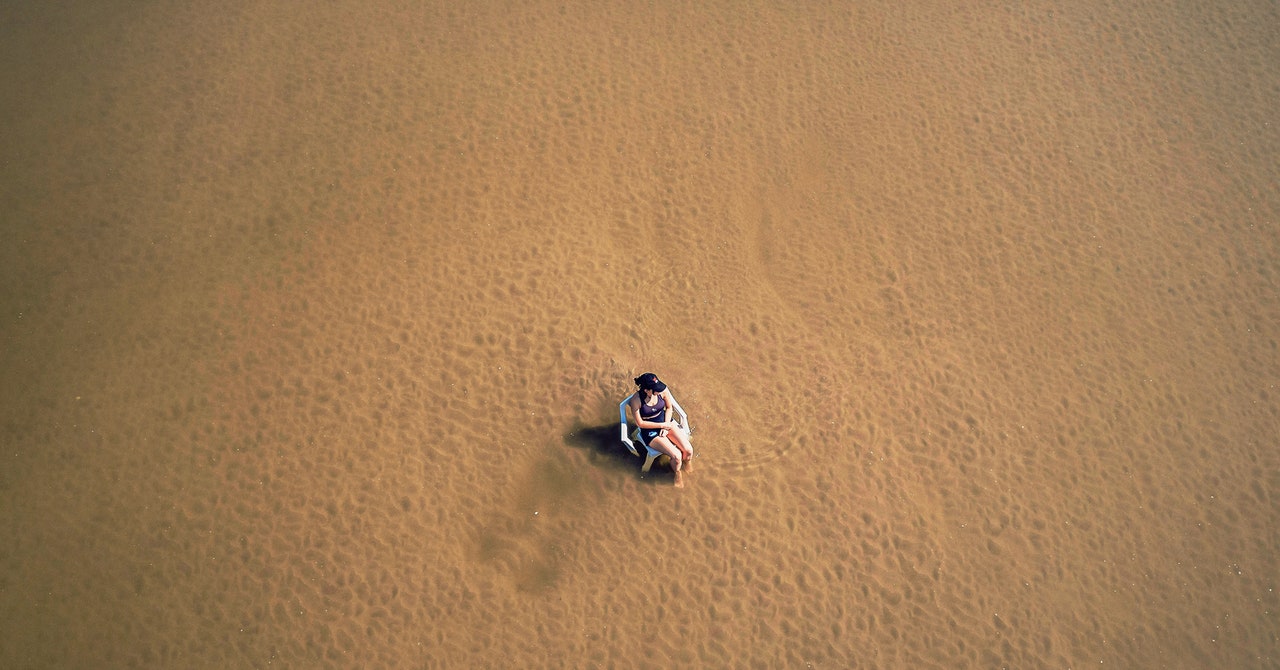
Scientists say that the economic cost of the rivers’ decimation is only part of the problem. The less water in the water system as a whole, explains Gabriel Singer, an ecologist at University of Innsbruck, Austria, the less dilution for salts and the slower a river flows. This leads to higher saline content and higher water temperatures, which can be lethal for many species of riverine life, such as Danube salmon, barbel, and European grayling, among many others.
Higher temperatures also feed algae blooms, Singer explains, which can be toxic for river systems. This is what has happened in several German rivers, including the Moselle and Neckar, as well as perhaps the Oder River, where in mid-August more than 100 metric tons (220,000 pounds) of dead fish—among them perch, catfish, pike, and asp—washed up on its shores within a week. (Experts are currently investigating the cause of the die off.)
Scientists point out that while the predicament of the great rivers of Europe has grabbed the headlines, it is the smaller rivers that suffer disproportionately. “So many of them are completely dried up, not a drop of water left,” says Rinke. “When this happens they lose their entire community of biodiversity, forever. It won’t just return the next time it rains.”
Scientists say that millennia of engineering and human activity along Europe’s rivers have also played a role. The straightening of once-wild rivers, deforestation, damming, industrial pollution, wastewater discharges, and agriculture’s usurpation of shorelines and wetlands has made Europe’s rivers all the more susceptible to heat waves and low-water conditions, as well as floods.
“All of our river systems are highly fragmented and vulnerable,” says Singer, underscoring that while the lower Danube is plagued by drought, the upper Danube in Germany and Austria can be at risk of flooding, as happened so spectacularly last July in the Rhine borderlands of Germany and Belgium. The underlying problem, he says, is essentially the same: the inability of highly modified rivers and river basins to hold water for longer periods of time. “Healthy natural ecosystems function as a sponge that gives and takes water, but ours have lost this ability,” he says.
Christian Griebler, a limnologist at the University of Vienna, explains: “We lose high amounts of water because rain cannot infiltrate sealed surfaces, and heavy rain after a drought does not infiltrate dry soils. Surface overflow goes into channelized and fast-flowing rivers that hardly communicate with the surrounding aquifers.”
Thus, the authorities’ reflex reaction—namely to dredge deeper—doesn’t address the essential problem, say Singer and Griebler. In fact, it exacerbates it.
Solving the crisis unfolding this summer along Europe’s rivers will of course involve the long-term endeavor of slowing global warming. In the short term, scientists say governments need to address other factors stressing the continent’s waterways, including enforcing stronger wetland protections.
On that front, some progress is being made, says Singer. Last year, UNESCO established the world’s first five-country biosphere reserve along the Mura, Drava, and Danube rivers—a total area of almost 1 million hectares (3,860 square miles).
The Danube Delta, Europe’s largest wetland, has enjoyed such protection since 1998. But the delta’s special status has not spared it from the extreme weather. Freshwater springs in the Delta’s Letea Forest went dry in August, endangering the lives of Romania’s famed wild horses. Officials bulldozed the mud-caked springs, enabling water to flow again and the horses to drink.
“Fortunately we still have the glaciers that act as a reserve for the bigger rivers in times of lower precipitation,” says Hein. “But climate change modelers say they’ll be gone in 30 years. This is extremely worrisome.”
Robert Lichtner, the Vienna-based coordinator of the European Union’s Strategy for the Danube Region, says that adaptation measures ultimately must be part of the basin’s future. “We want to slow these processes down, but the extreme weather is not going away,” he says. “We’ll have to adapt and learn to live with it.”


